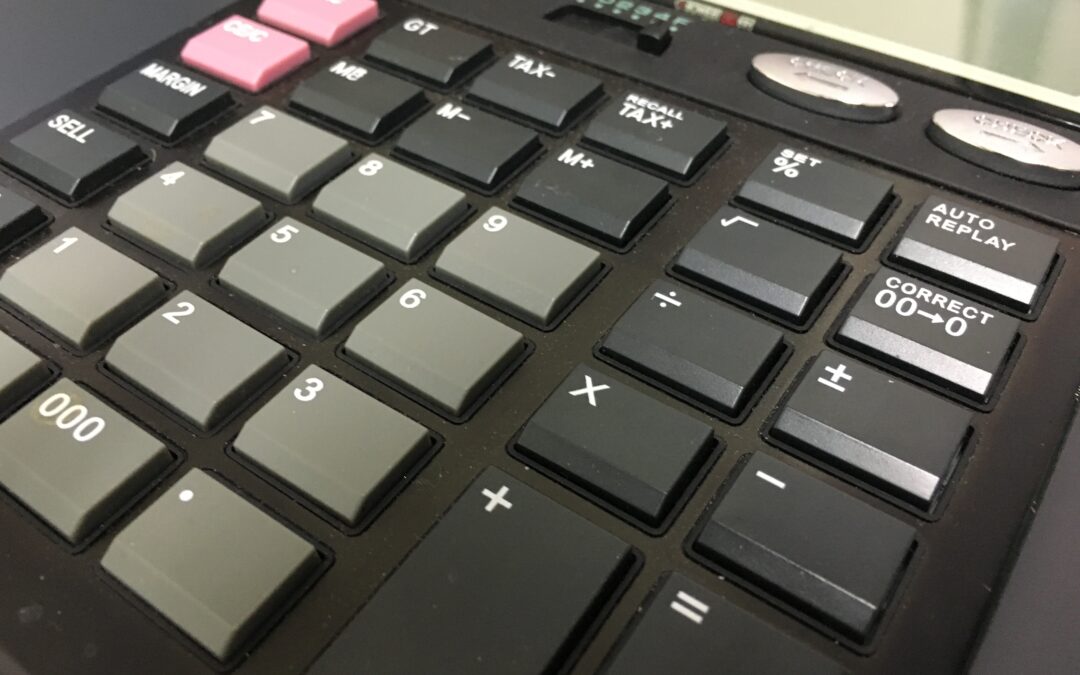As has been widely reported in the media post-election, the Federal Government is pushing forward with its proposed legislation to apply additional tax to individuals with a Total Superannuation Balance (TSB) greater than $3 million. The concept of TSB includes all your superannuation balances if you have multiple accounts. This includes the contentious issues of no indexation and the taxing of unrealised capital gains.
While this has prompted concern and debate, several aspects of the proposed legislation are misunderstood…
Division 296 is not simply an automatic tax for balances over $3 million, the calculation is based on the movement in your TSB from the start to the end of the financial year. As the tax is set to commence in the 2026 financial year, this would be from the period 1 July 2025 to 30 June 2026.
The first key date here is 30 June 2026. An individual’s Div 296 tax liability is based on the proportion of their balance over $3 million at the end of the income year. If your TSB is under $3 million at 30 June 2026, there will be no Div 296 tax liability for that year.
Another misconception is that Div 296 is a ‘30% tax’ on super earnings for balances above $3 million. The additional 15% tax only applies to the proportion of earnings associated with the percentage of your TSB that is over $3 million. This proportionate earnings figure will be assessed to the individual and subject to tax at the rate of 15%.
As a simplified example, if your TSB at 30 June 2026 was $4 million and your earnings were deemed to be $100,000. The percentage of your TSB over $3 million would be 25% ($4m less the $3m threshold). The earnings are then multiplied by the 25% to give a taxable earnings figure of $25,000. This $25,000 is then taxed at the additional 15%, giving rise to a Div 296 tax liability of $3,750.
As this tax is levied at the individual, there is no change to how the superannuation fund itself pays tax. The ATO will issue a Div 296 tax assessment to the individual, who then has 84 days from the issue of an assessment to pay their Div 296 tax liability. However, a member will be given the opportunity to withdraw money from their superannuation fund to pay Div 296 tax under a ‘release authority’ arrangement that is similar to what is in place for Div 293 tax. Members will have 60 days to elect to release a certain amount from one or more of their superannuation funds to pay their Div 296 tax without needing to satisfy the usual conditions of release such as retirement after attaining age 60.
A common question is ‘should I withdraw my super to below $3 million?’. The answer to this is ‘it depends’. Factors such as capital gains tax and stamp duty on the sale of assets (particularly property in SMSFs) and where assets would then be held outside super need to be taken into consideration.
If you have questions about how the Div 296 tax may affect you personally, please reach out to one of our Superannuation Specialist Advisors for further guidance.
Article by Ryan Pinkerton, Manager from our Superannuation team (pictured below):





